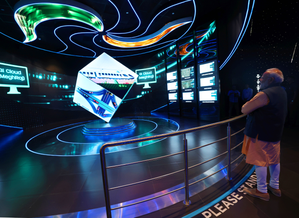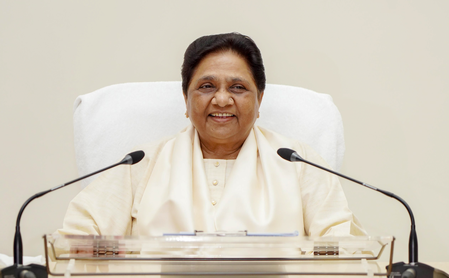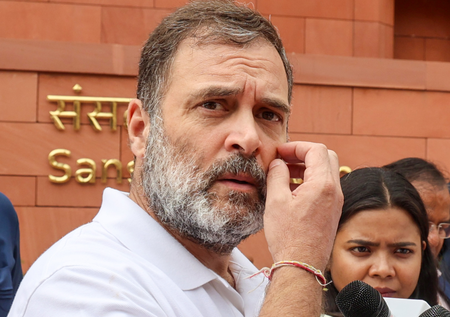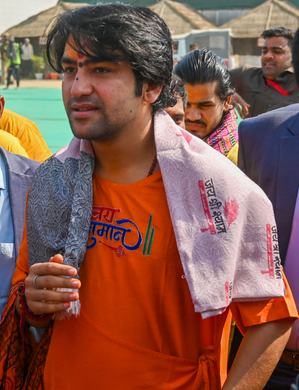
New Delhi, July 25 (IANS) Prime Minister Narendra Modi’s tenure as the second-longest serving premier of India, next only to Jawaharlal Nehru, has witnessed a radical transformation in the country’s transport infrastructure across the highways, railways, maritime and civil aviation sectors on the back of massive investments made by the government.
India has witnessed an unprecedented scale of infrastructure development over the past 11 years, driven by the success of a holistic and integrated approach under major national initiatives like PM GatiShakti, the National Logistics Policy, Bharatmala, Sagarmala, and UDAN, according to an official report.
The report highlights that PM GatiShakti unified planning across 44 ministries and 36 states/UTs on a GIS-based platform. Launched in 2021, the PM GatiShakti national master plan is a comprehensive initiative to improve multimodal infrastructure connectivity across India’s economic zones. Investments to the tune of Rs 100 lakh crore are being efficiently utilised through this integrated platform, and anchored on seven key sectors – railways, roads, ports, waterways, airports, mass transport, and logistics infrastructure.
An investment of over Rs 96,000 crore has been pumped in during FY 2019-20 to FY 2024-25 to strengthen the country’s aviation sector. The number of operational airports in India has surged from 74 in 2014 to 162 in 2025, including heliports and water aerodromes. During the year 2024-25, Indian airports recorded a total passenger traffic of 412 million, including 77 million international and 335 million domestic passengers, marking a 9 per cent year-on-year growth, according to official figures tabled in Parliament.
The Regional Connectivity Scheme-Ude Desh ka Aam Nagrik (RCS-UDAN) was launched in 2016 with the objective of enhancing regional air connectivity and making air travel more affordable for the general public. Since the commencement of the scheme, 637 RCS routes have been operationalised, connecting 92 unserved and underserved airports, including 15 heliports and two water aerodromes. Over 1.51 crore passengers have flown on these low-cost flights.
The length of India’s national highways network increased by 60 per cent from 91,287 km to 1,46,204 km during the last decade, with the pace of highway construction accelerating to 34 km/day from 11.6 km/day in 2014. There is an increase of 6.4 times in the Centre’s investment in road infrastructure between 2013-14 and 2024-25. The road transport and highway budget has shot up by 570 per cent from 2014 to 2023–24.
The budget for Indian Railways has increased by more than 9 times since 2014. The higher investment is reflected in the introduction of new Vande Bharat semi-high-speed trains covering 24 states/UTs along with 333 districts. A total of 68 Vande Bharat Trains are currently operational in the country, while another 400 world-class Vande Bharat Trains are planned to be manufactured.
More than 31,000 km of new tracks have been laid since 2014, and over 45,000 km of tracks have been renewed since 2014. The pace of electrification of the track network has jumped from 5,188 route km between 2004-14 to more than 45,000 route km being electrified in 2014-25. Electrification has enabled annual savings of Rs. 2960 crore for railways (up to February 2025), ensuring greater financial efficiency, according to official figures.
The country’s port capacity has doubled to 2,762 MMTPA in the last 11 years, with the overall turnaround time for ships improving from 93 to 49 hours. As many as 277 projects have been completed under Sagarmala in the big push to port infrastructure.
Major projects that have been completed in the ports sector include the Vizhinjam International Deepwater Multipurpose Seaport. Inaugurated on May 2, 2025, by Prime Minister Modi, this Rs. 8,800 crore project is India’s first dedicated container transhipment port. Strategically located near international shipping routes, it can host the world’s largest cargo ships. The port significantly reduces India’s reliance on foreign ports and enhances economic activity in Kerala.
India’s Inland waterways cargo has risen by 710 per cent (from 18 MMT to 146 MMT) in the last 10 years. Approval has also been given for a Rs 5,370 crore investment to augment the capacity of the National Waterway-1 (Haldia to Varanasi).
–IANS
sps/vd




